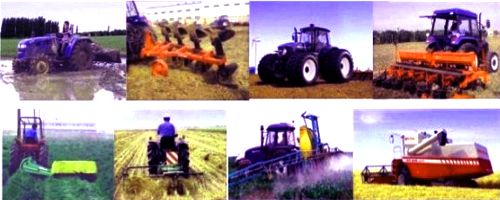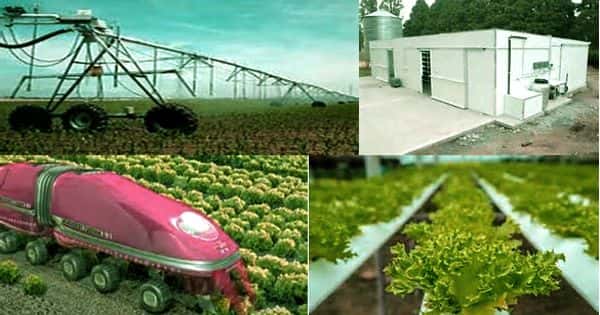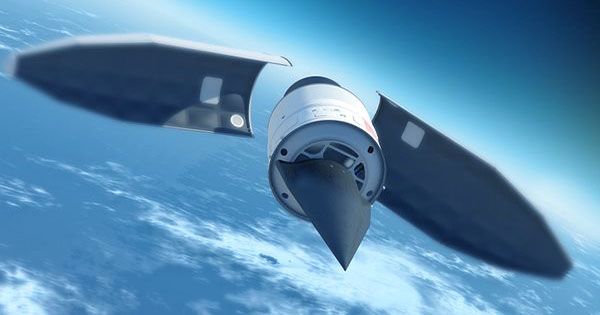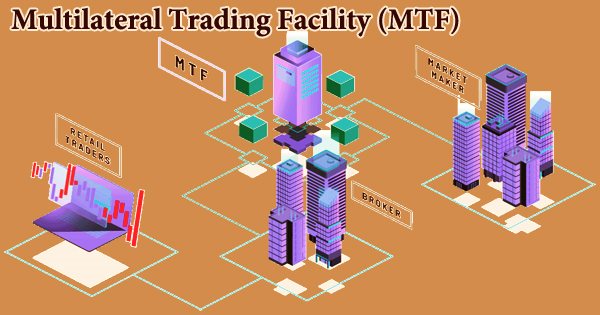Mechanized Agriculture
Mechanization is a multi-dimensional concept and widely used in agriculture. Mechanized agriculture is the process of using agricultural machinery to mechanize the work of agriculture, greatly increasing farm worker productivity. It involves the provision and use of all forms of power sources and mechanical assistance to agriculture, from simple hand tools, to animal draught power (DAP), and to mechanical power technologies. In modern times, powered machinery has replaced many farm jobs formerly carried out by manual labor or by working animals such as oxen, horses, and mules. The choice depends on the local circumstances. Human, animal, and machine power can complement each other in the same household, farm, and village.
“Agricultural mechanization is an important input to agriculture for performing timely farm operations; reducing the cost of operation; improving the productivity of land & labor and improving the dignity of labor.”
Mechanization covers all levels of farming and processing technologies, from simple and basic hand tools to more sophisticated and motorized equipment. The entire history of agriculture contains many examples of the use of tools, such as the hoe and the plow. It eases and reduces hard labor, relieves labor shortages, improves productivity and timeliness of agricultural operations, improves the efficient use of resources, enhances market access, and contributes to mitigating climate-related hazards. The ongoing integration of machines since the Industrial Revolution however has allowed farming to become much less labor-intensive.

According to Dr. Bhattacharjee, “Mechanization of agriculture and farming process connotes application of machine power to work on the land, usually performed by bullocks, horses and other draught animals or by human labor.”
According to Wikipedia, “mechanized agriculture is the process of using agriculture machinery to mechanize the work of agriculture, greatly increasing farm worker productivity.”
Mechanization results in a shift from ‘subsistence farming’ to ‘commercial agriculture. Current mechanized agriculture includes the use of tractors, trucks, combine harvesters, countless types of farm implements, airplanes and helicopters (for aerial application), and other vehicles. This shift occurs mainly due to the need for more land and capital to be associated with farmers in order to reap the full technological benefits. Precision agriculture even uses computers in conjunction with satellite imagery and satellite navigation (GPS guidance) to increase yields.
Mechanization was one of the large factors responsible for urbanization and industrial economies. Agricultural mechanization is an important input to agriculture for performing timely farm operations; reducing the cost of operation; maximizing the utilization efficiency of costly inputs; improving the quality of produce; reducing drudgery in farm operations; improving the productivity of land & labor and improving the dignity of labor. Besides improving production efficiency, mechanization encourages large scale production and sometimes can improve the quality of farm produce. The strategy for mechanization in different regions will be different depending on the conditions and resources of that region. On the other hand, it can displace unskilled farm labor and can cause environmental degradation (such as pollution, deforestation, and soil erosion), especially if it is applied shortsightedly rather than holistically. The goal of the strategies, with the help of appropriate technologies, is to lead to sustainable agricultural development and, ultimately, food security.
















